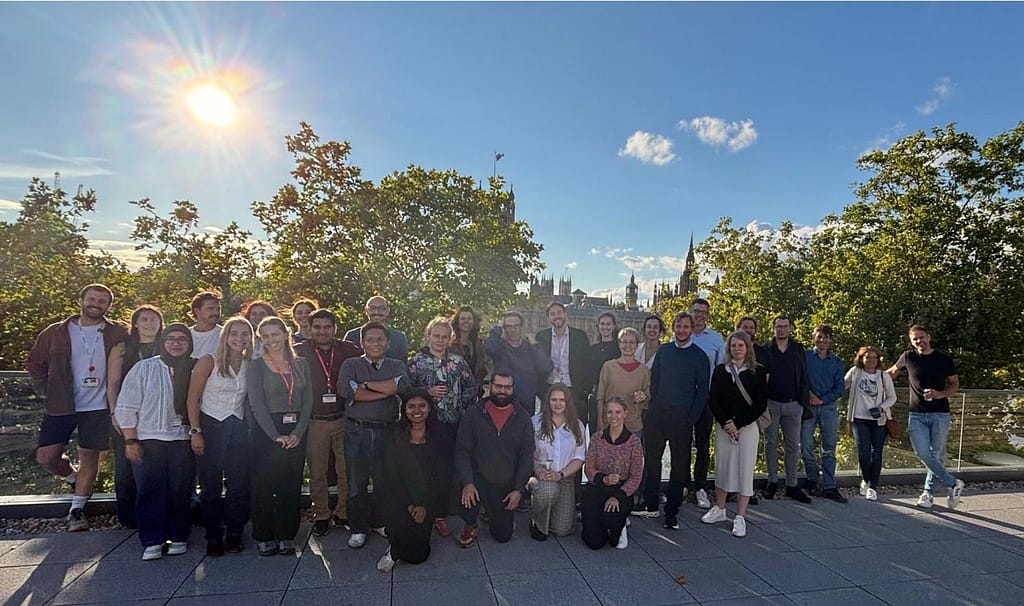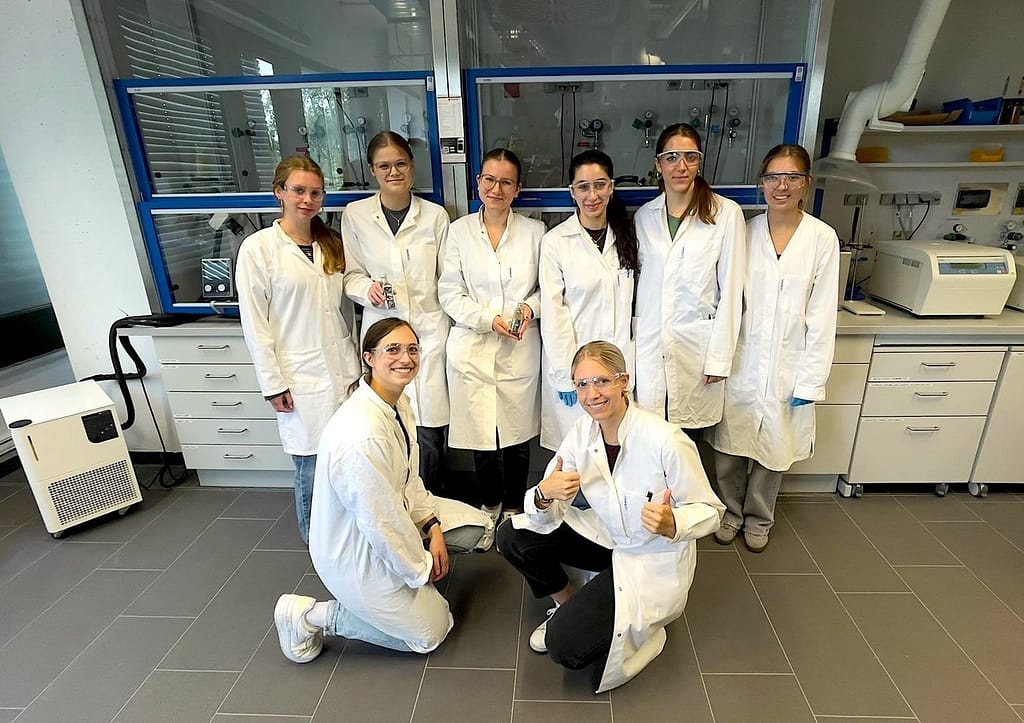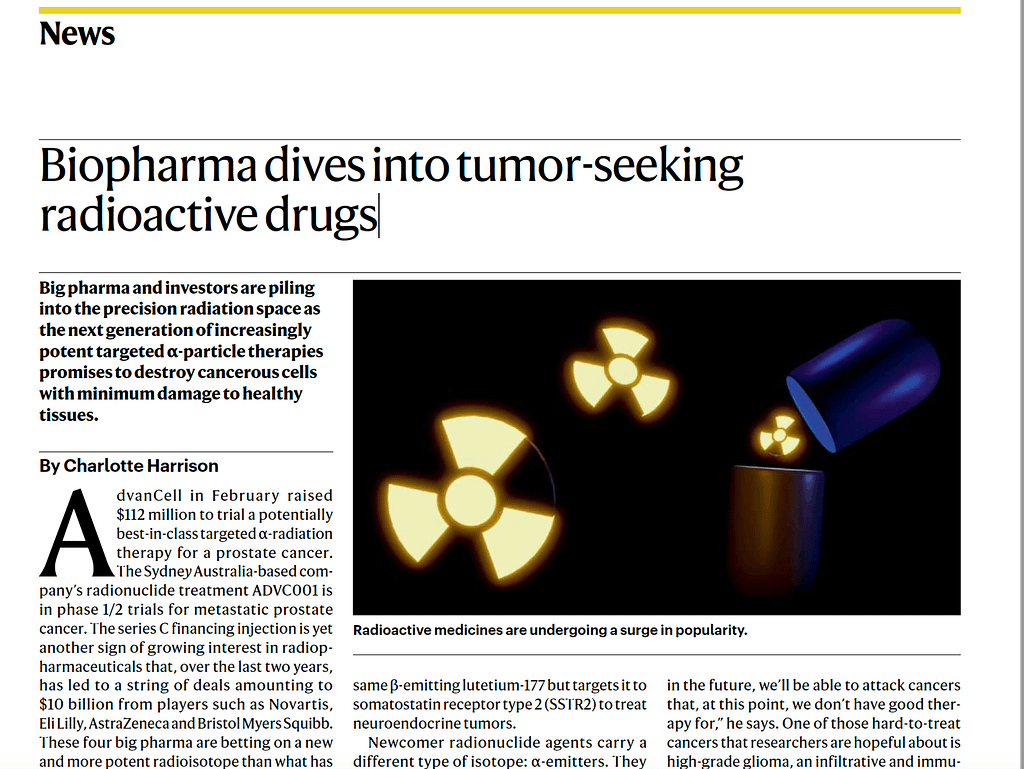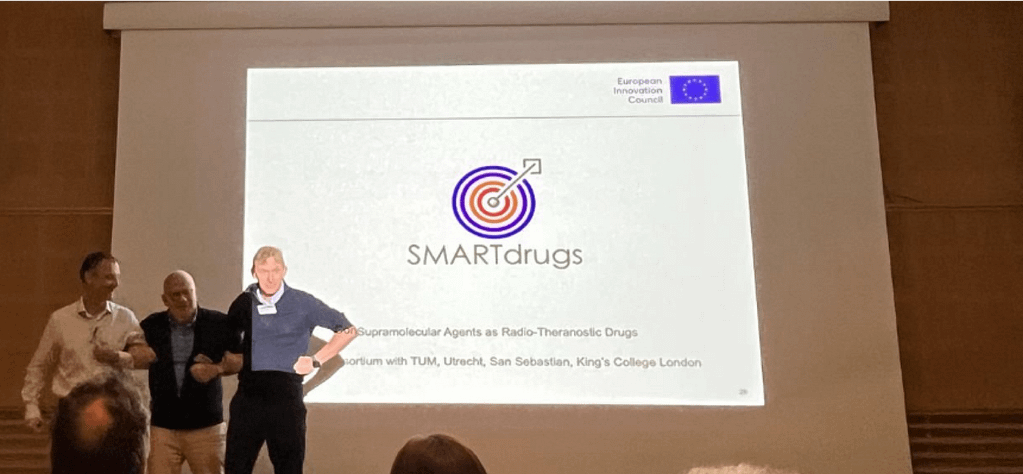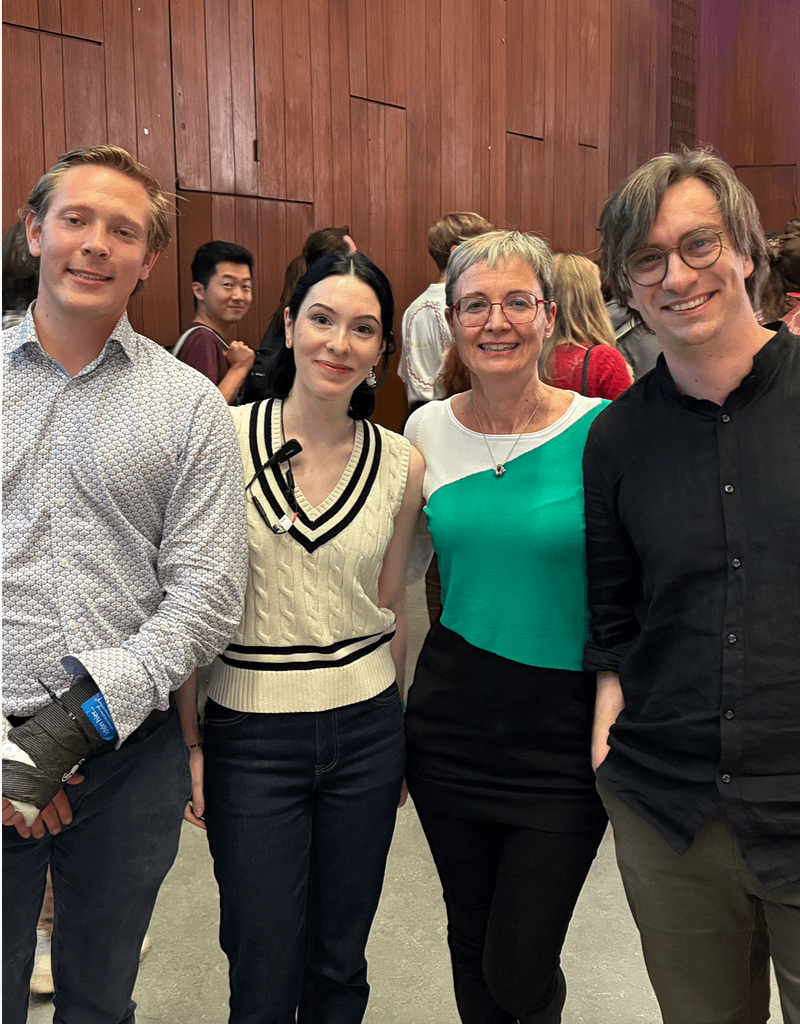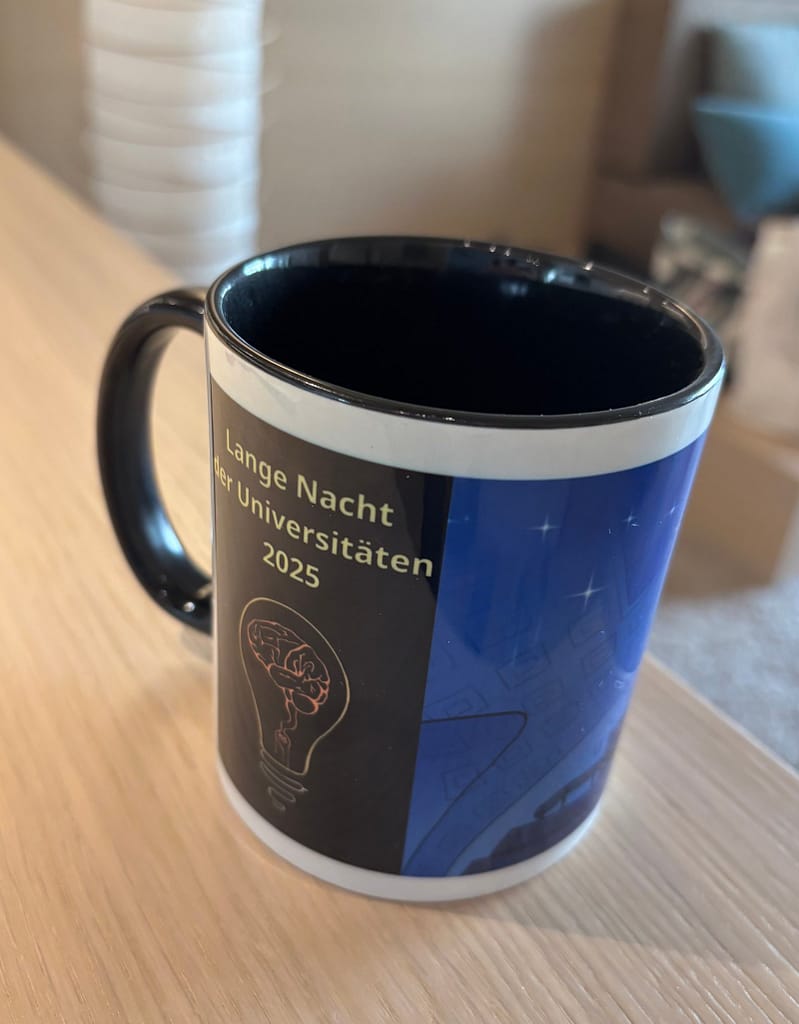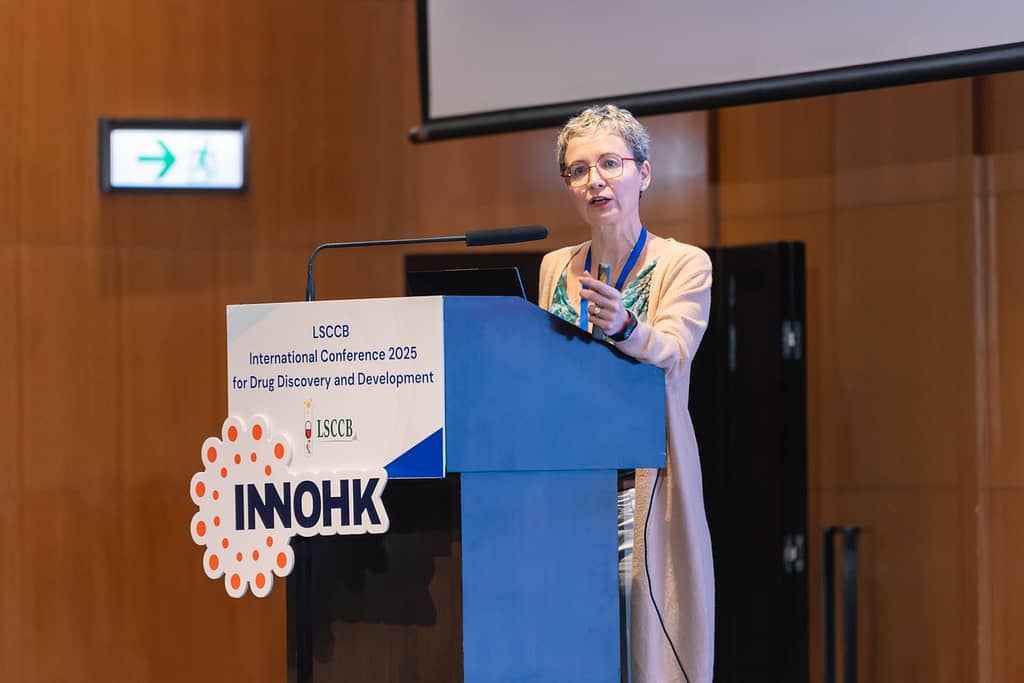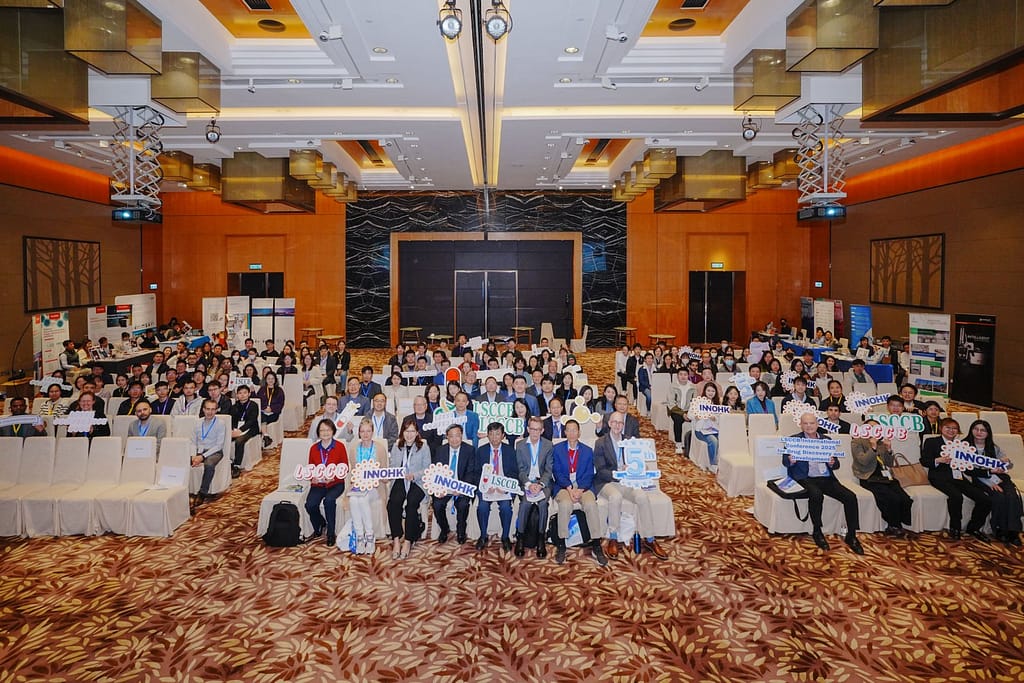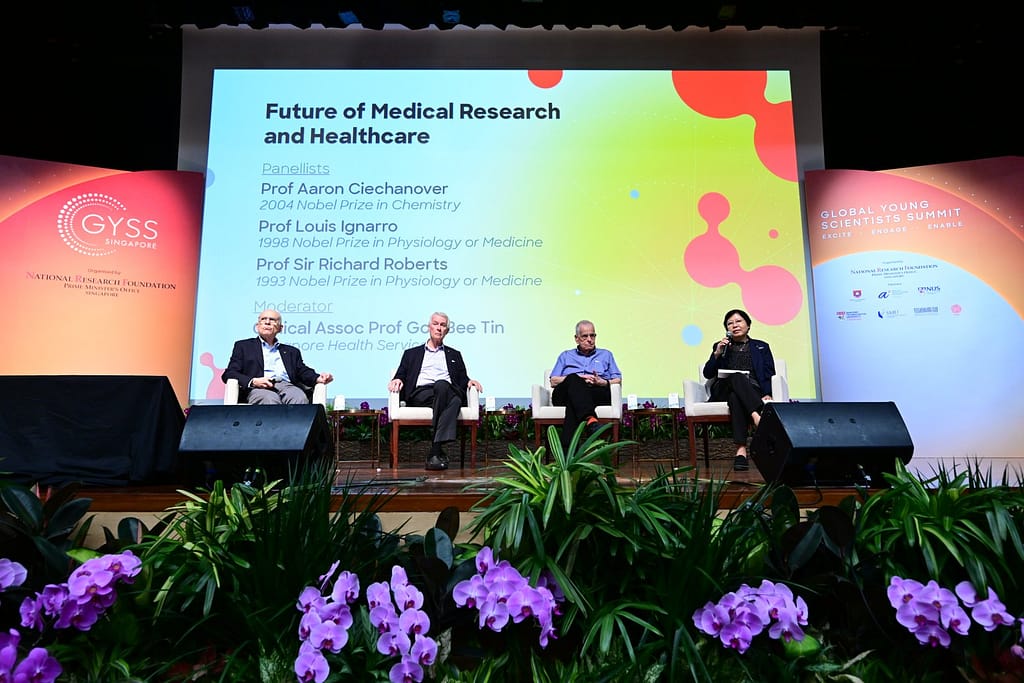Online
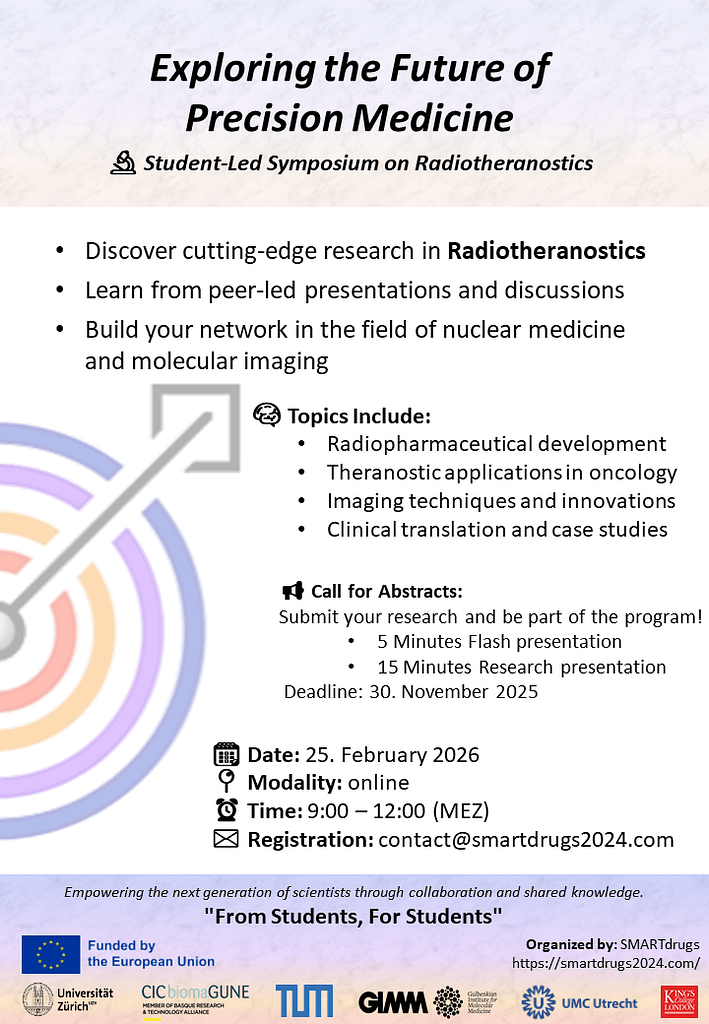
We’re thrilled to announce our upcoming student-led symposia:
Exploring the Future of Precision Medicine
This event will bring together PhD students to dive into the cutting-edge developments shaping the future of personalized healthcare. Whether you’re passionate about radiotherapeutics, data-driven diagnostics, or innovative therapies, this is your chance to connect, learn, and contribute.
All details—including how to apply—can be found here.
